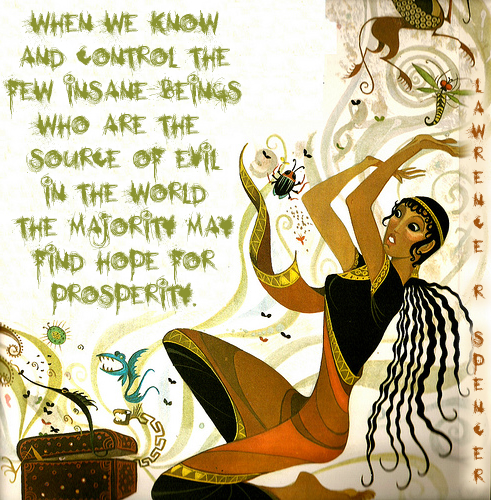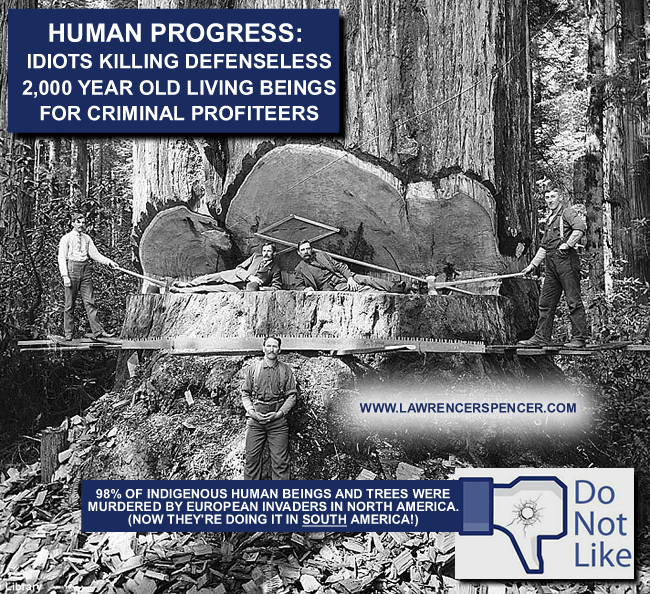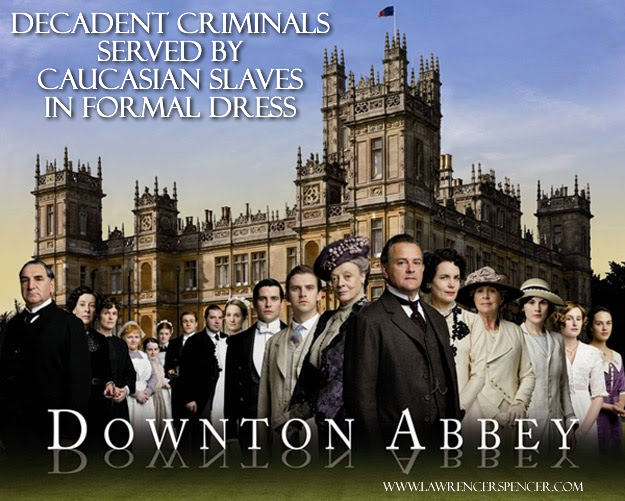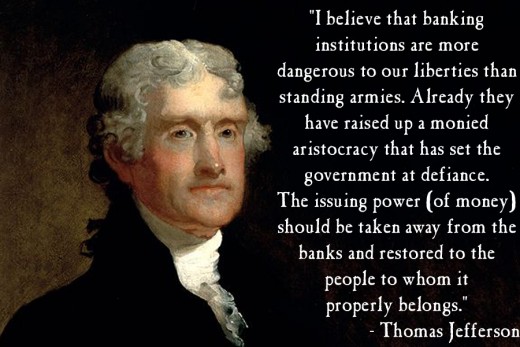 “If the American people ever allow private banks to control the issue of their currency, first by inflation, then by deflation, the banks…will deprive the people of all property until their children wake-up homeless on the continent their fathers conquered…. The issuing power should be taken from the banks and restored to the people, to whom it properly belongs.”
“If the American people ever allow private banks to control the issue of their currency, first by inflation, then by deflation, the banks…will deprive the people of all property until their children wake-up homeless on the continent their fathers conquered…. The issuing power should be taken from the banks and restored to the people, to whom it properly belongs.”
– Thomas Jefferson in the debate over the Re-charter of the Bank Bill (1809)
“I believe that banking institutions are more dangerous to our liberties than standing armies.” – Thomas Jefferson
“The modern theory of the perpetuation of debt has drenched the Earth with blood, and crushed its inhabitants under burdens ever accumulating.” –Thomas Jefferson
“History records that the money changers have used every form of abuse, intrigue, deceit, and violent means possible to maintain their control over governments by controlling money and its issuance.” – US President James Madison
“If congress has the right under the Constitution to issue paper money, it was given them to use themselves, not to be delegated to individuals or corporations”
– US President Andrew Jackson
“The Government should create, issue, and circulate all the currency and credits needed to satisfy the spending power of the Government and the buying power of consumers. By the adoption of these principles, the taxpayers will be saved immense sums of interest. Money will cease to be master and become the servant of humanity.”
– US President Abraham Lincoln
“Issue of currency should be lodged with the government and be protected from domination by Wall Street. We are opposed to…provisions [which] would place our currency and credit system in private hands.”
– US President Theodore Roosevelt
Despite these warnings, US President Woodrow Wilson signed the 1913 Federal Reserve Act. A few years later he wrote:
“I am a most unhappy man. I have unwittingly ruined my country. A great industrial nation is controlled by its system of credit. Our system of credit is concentrated. The growth of the nation, therefore, and all our activities are in the hands of a few men. We have come to be one of the worst ruled, one of the most completely controlled and dominated Governments in the civilized world no longer a Government by free opinion, no longer a Government by conviction and the vote of the majority, but a Government by the opinion and duress of a small group of dominant men.“
— US President, Woodrow Wilson
Years later, reflecting on the major banks’ control in Washington, President Franklin Roosevelt paid this indirect praise to his distant predecessor President Andrew Jackson, who had “killed” the 2nd Bank of the US (an earlier type of the Federal Reserve System). After Jackson’s administration the bankers’ influence was gradually restored and increased, culminating in the passage of the Federal Reserve Act of 1913. Roosevelt knew this history.
“The real truth of the matter is,as you and I know, that a financial element in the large centers has owned the government ever since the days of Andrew Jackson…”
– US President Franklin D. Roosevelt (in a letter to Colonel House, dated November 21, 1933)
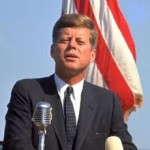 “For we are opposed around the world by a monolithic and ruthless conspiracy that relies primarily on covert means for expanding its sphere of influence, on infiltration instead of invasion, on subversion instead of elections, on intimidation instead of free choice, on guerrillas by night instead of armies by day. It is a system which has conscripted vast human and material resources into the building of a tightly knit, highly efficient machine that combines military, diplomatic, intelligence, economic, scientific, and political operations. Its preparations are concealed, not published. Its mistakes are buried, not headlined. Its dissenters are silenced, not praised. No expenditure is questioned, no rumor is printed, no secret is revealed. It conducts the Cold War, in short, with a war-time discipline no democracy would ever hope or wish to match.“
“For we are opposed around the world by a monolithic and ruthless conspiracy that relies primarily on covert means for expanding its sphere of influence, on infiltration instead of invasion, on subversion instead of elections, on intimidation instead of free choice, on guerrillas by night instead of armies by day. It is a system which has conscripted vast human and material resources into the building of a tightly knit, highly efficient machine that combines military, diplomatic, intelligence, economic, scientific, and political operations. Its preparations are concealed, not published. Its mistakes are buried, not headlined. Its dissenters are silenced, not praised. No expenditure is questioned, no rumor is printed, no secret is revealed. It conducts the Cold War, in short, with a war-time discipline no democracy would ever hope or wish to match.“
— US President John F Kennedy (in a speech made a few weeks before he was murdered by minions of the banksters.
______________________________________
COMMENTS FROM OTHERS ABOUT BANKSTERS:
“When a government is dependent upon bankers for money, they and not the leaders of the government control the situation, since the hand that gives is above the hand that takes… Money has no motherland; financiers are without patriotism and without decency; their sole object is gain.”
– Napoleon Bonaparte, Emperor of France, 1815
“The death of Lincoln was a disaster for Christendom. There was no man in the United States great enough to wear his boots and the bankers went anew to grab the riches. I fear that foreign bankers with their craftiness and tortuous tricks will entirely control the exuberant riches of America and use it to systematically corrupt civilization.”
— Otto von Bismark (1815-1898), German Chancellor, after the Lincoln assassination
“Money plays the largest part in determining the course of history.” Karl Marx writing in the Communist Manifesto (1848).
“Money is a new form of slavery, and distinguishable from the old simply by the fact that it is impersonal – that there is no human relation between master and slave.” –
– Leo Tolstoy, Russian writer.
COMMENTS FROM THE COWARDLY, CRIMINAL BANKERS IN DEFENSE OF THEIR ATROCITIES AGAINST HUMANITY:
“The bank hath benefit of interest on all moneys which it creates out of nothing.”
— William Paterson, founder of the Bank of England in 1694, then a privately owned bank
“Let me issue and control a nation’s money and I care not who writes the laws.” –
– Mayer Amschel Rothschild (1744-1812), founder of the House of Rothschild.
“The few who understand the system will either be so interested in its profits or be so dependent upon its favours that there will be no opposition from that class, while on the other hand, the great body of people, mentally incapable of comprehending the tremendous advantage that capital derives from the system, will bear its burdens without complaint, and perhaps without even suspecting that the system is inimical to their interests.”
— The Rothschild brothers of London writing to associates in New York, 1863.
“I am afraid the ordinary citizen will not like to be told that the banks can and do create money. And they who control the credit of the nation direct the policy of Governments and hold in the hollow of their hand the destiny of the people.”
— Reginald McKenna, as Chairman of the Midland Bank, addressing stockholders in 1924.
“The banks do create money. They have been doing it for a long time, but they didn’t realize it, and they did not admit it. Very few did. You will find it in all sorts of documents, financial textbooks, etc. But in the intervening years, and we must be perfectly frank about these things, there has been a development of thought, until today I doubt very much whether you would get many prominent bankers to attempt to deny that banks create it.”
— H W White, Chairman of the Associated Banks of New Zealand, to the New Zealand Monetary Commission, 1955.
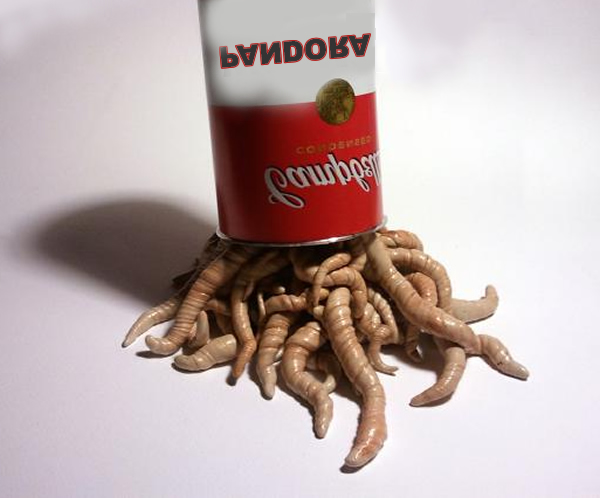 Metaphorically speaking, to open a “can of worms” means to inadvertently create numerous new problems while trying to solve one. Example: “Corruption in politics is such a can of worms that many journalists won’t take the risk of seriously investigating it.”
Metaphorically speaking, to open a “can of worms” means to inadvertently create numerous new problems while trying to solve one. Example: “Corruption in politics is such a can of worms that many journalists won’t take the risk of seriously investigating it.”
